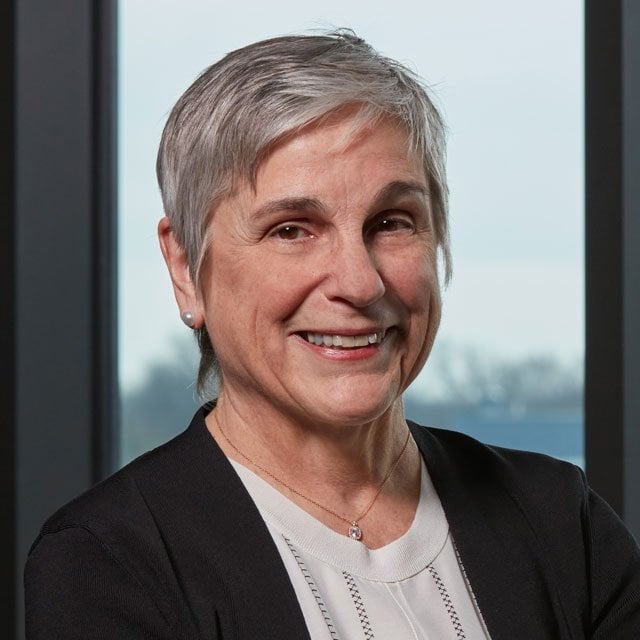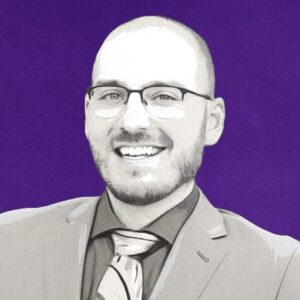Financial Planning Industry Headed in 'Right Direction,' Longtime Planner Says

The traditional brokerage model was “oddly, unrelated to the rest of the client’s life,” but “a bold change” is underway in the financial advice industry.
So says Paula Hogan, partner and private wealth manager at Creative Planning, in an interview with ThinkAdvisor.
From day one as a financial planner, Hogan — who founded Hogan Financial Management in 1992 and sold it to Creative Planning in 2019 — was ahead of the curve.
Her fee-only firm focused on comprehensive financial planning, integrating life-cycle economics with wealth life planning. Her first investing vehicle of choice: the index fund.
Assessing financial services today, Hogan, in the interview, says: “[The industry is] getting to know the client and helping people manage how they want their financial life to roll out. That’s a step in the right direction.”
Investors’ biggest concern is not portfolio performance but maintaining their standard of living, notes Hogan, whose father was a tax attorney who became interested in the concept of variable annuities and transitioned to working as an employee benefits consultant.
In our conversation, Hogan, who manages assets of just under $500 million — her assets under management were $290 million when she sold to Creative — discusses risk management, including the importance of insurance.
She had little experience in financial services when she launched her firm except for a brief stint in banking. Motivating her to go solo was an uncommon vision, not sales-driven but focused on life-cycle investing and index funds.
ThinkAdvisor recently interviewed Hogan, who was speaking by phone from her Milwaukee base.
At Creative, she is concentrating on investment strategy.
The advisor seems to have made an adjustment in advance from being a sole proprietor to employee of one of the nation’s biggest RIAs — one that The New York Times said in 2017 was “at the vanguard of a profound shift in finance.”
“As the founder [of my firm], I had to give up the ownership responsibility. I did a lot of work in my head to make sure I was ready … to be a good team player somewhere else,” she says.
Here are highlights of our interview:
THINKADVISOR: When I interviewed you for Research Magazine in 2012, you proposed a new definition of financial planning and hoped that the industry would “migrate there.”
It was: “The lifetime process of integrating personal values with the management of both human and financial capital for the betterment of self and community.”
Are we there yet?
PAULA HOGAN: I see some progress. The financial services industry comes out of the brokerage world, which historically, has been all about the portfolio and performance and, oddly, unrelated to the rest of the client’s life.
As the industry works its way out of that, it’s beginning to think about a person’s whole situation, which has to do with their values and goals, and not only their financial capital but their human capital.
That’s very different from the brokerage model of “What’s your risk tolerance — here we go! Here’s one of our standard portfolios.”
So it’s a bold change and a big advance from the traditional brokerage model to something that’s looking at all aspects of someone’s financial life through the lens of their values.
Do you still think that life-cycle investing integrated with wealth life planning is the future of financial planning, which was the vision you had in 2012?
We’re moving in that direction. Creative Planning [and other top firms] are doing it by spending time to get to know the client and having a whole suite of services that helps people manage how they want their financial life to roll out.
The industry has changed. Is your approach to planning still so different from what most planners are doing?
The firms that I find exciting are moving in [the abovementioned] direction.
Financial planning is much more than the portfolio. It’s building out what people [need] in all areas: estate planning, insurance — life and disability, property and liability — helping business owners with figuring out their business or selling it.
What mainly brought about the shift away from the broker model?
It was a natural progression, with advisors starting to listen to what people care about, what their needs are and what they need to meet those goals.
Here’s an example: When I started in financial planning in the 1990s, if a client asked about taxes, we were totally comfortable saying, “Ask your accountant; I’m your financial planner.”



